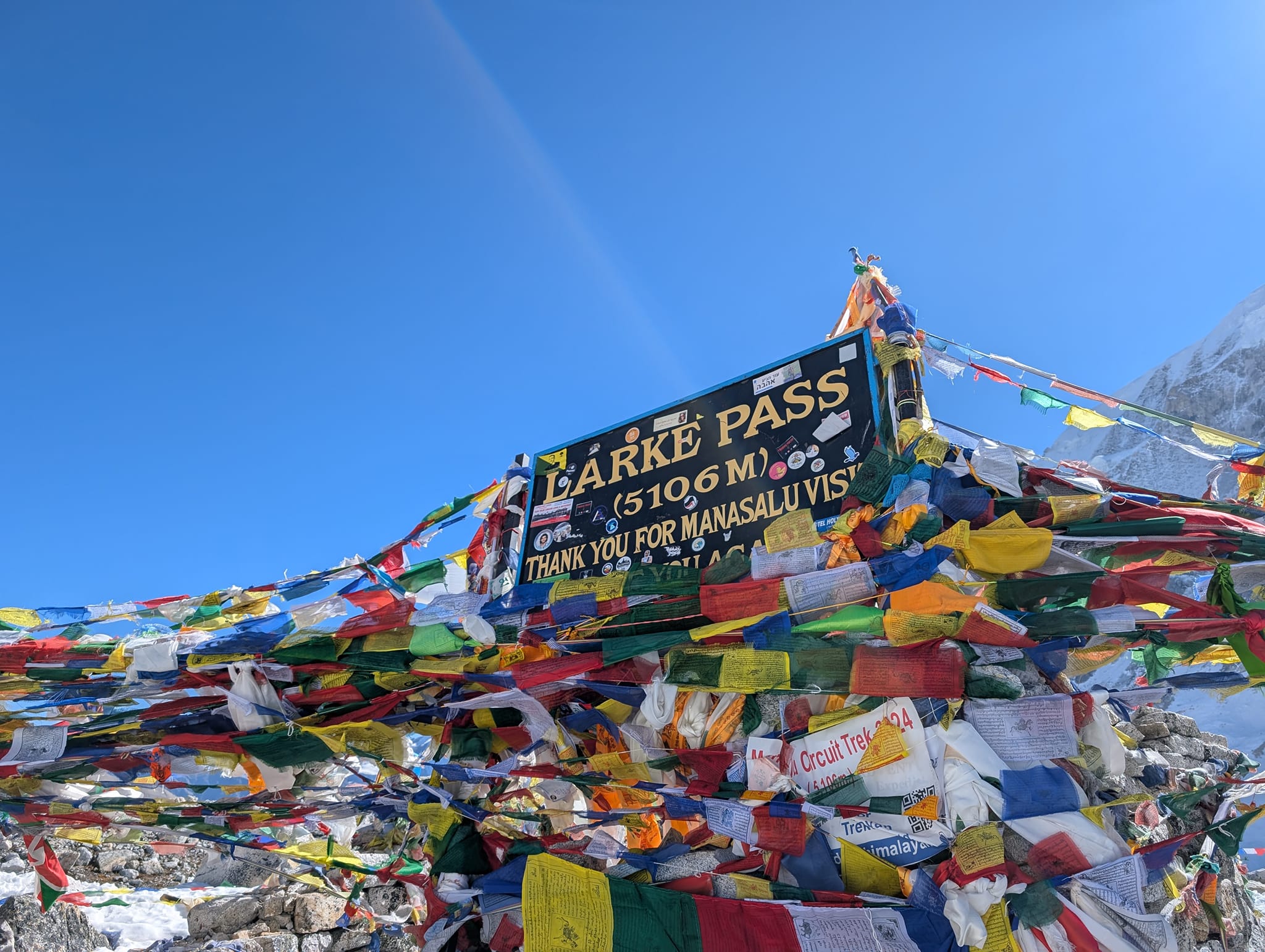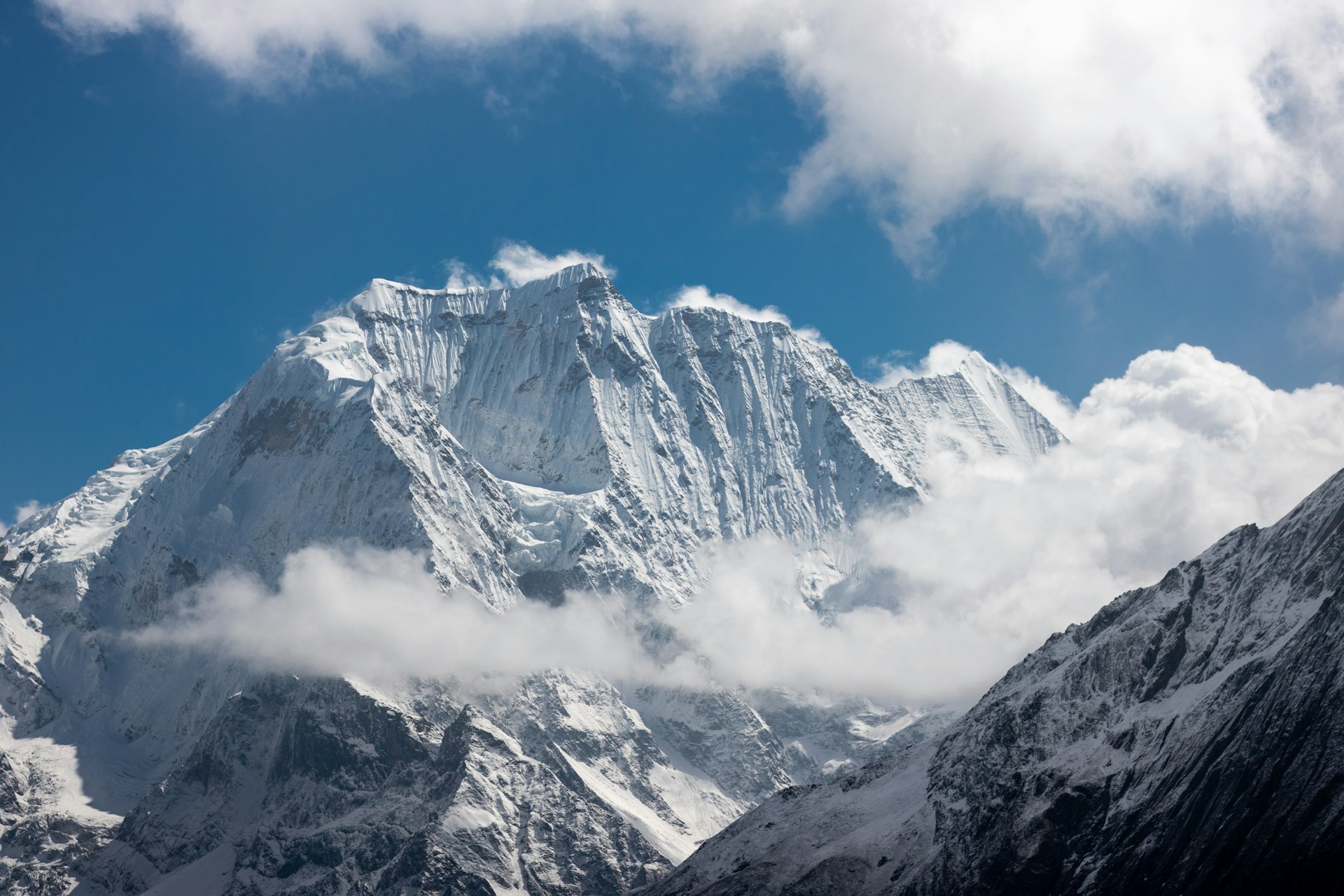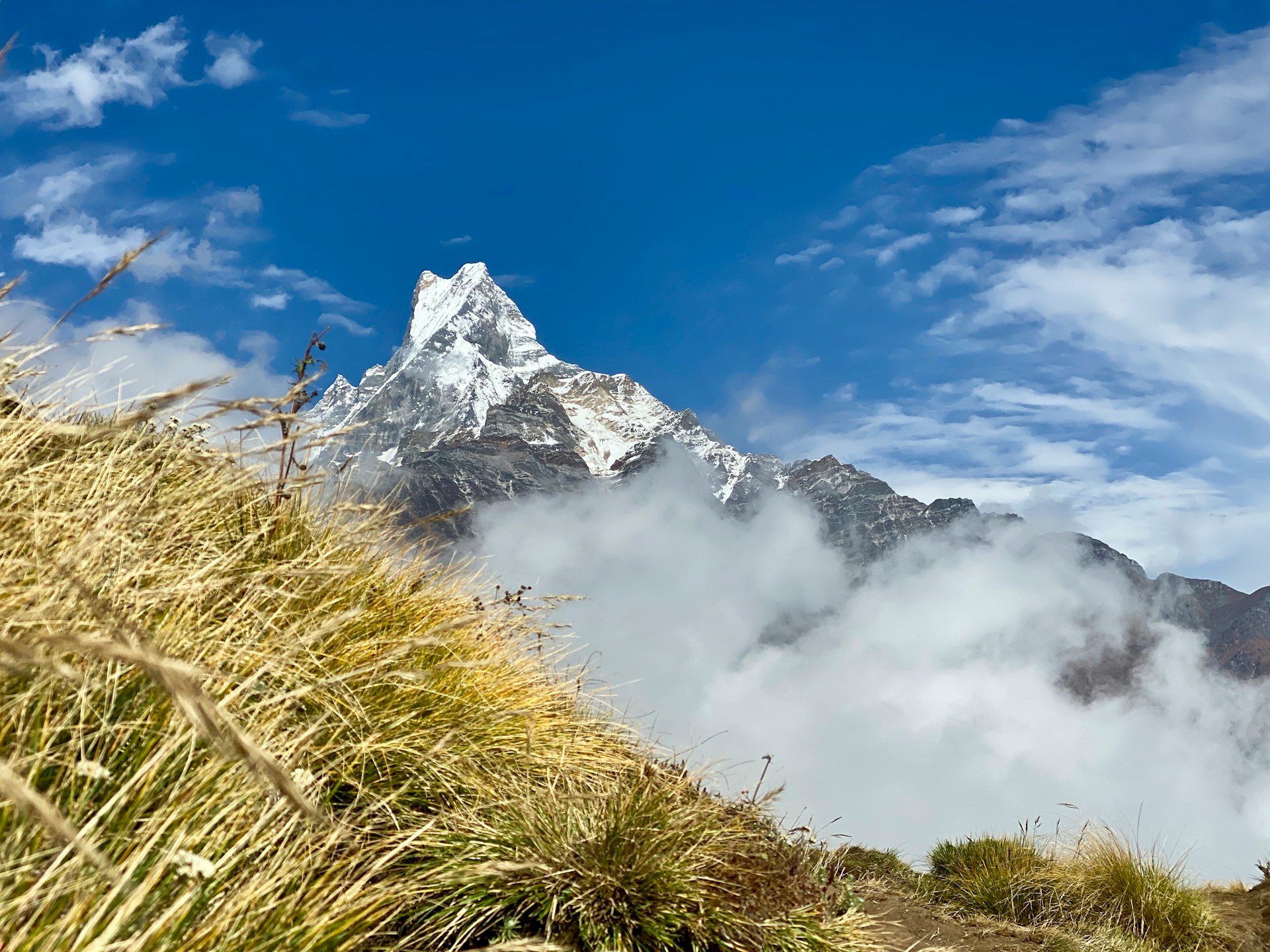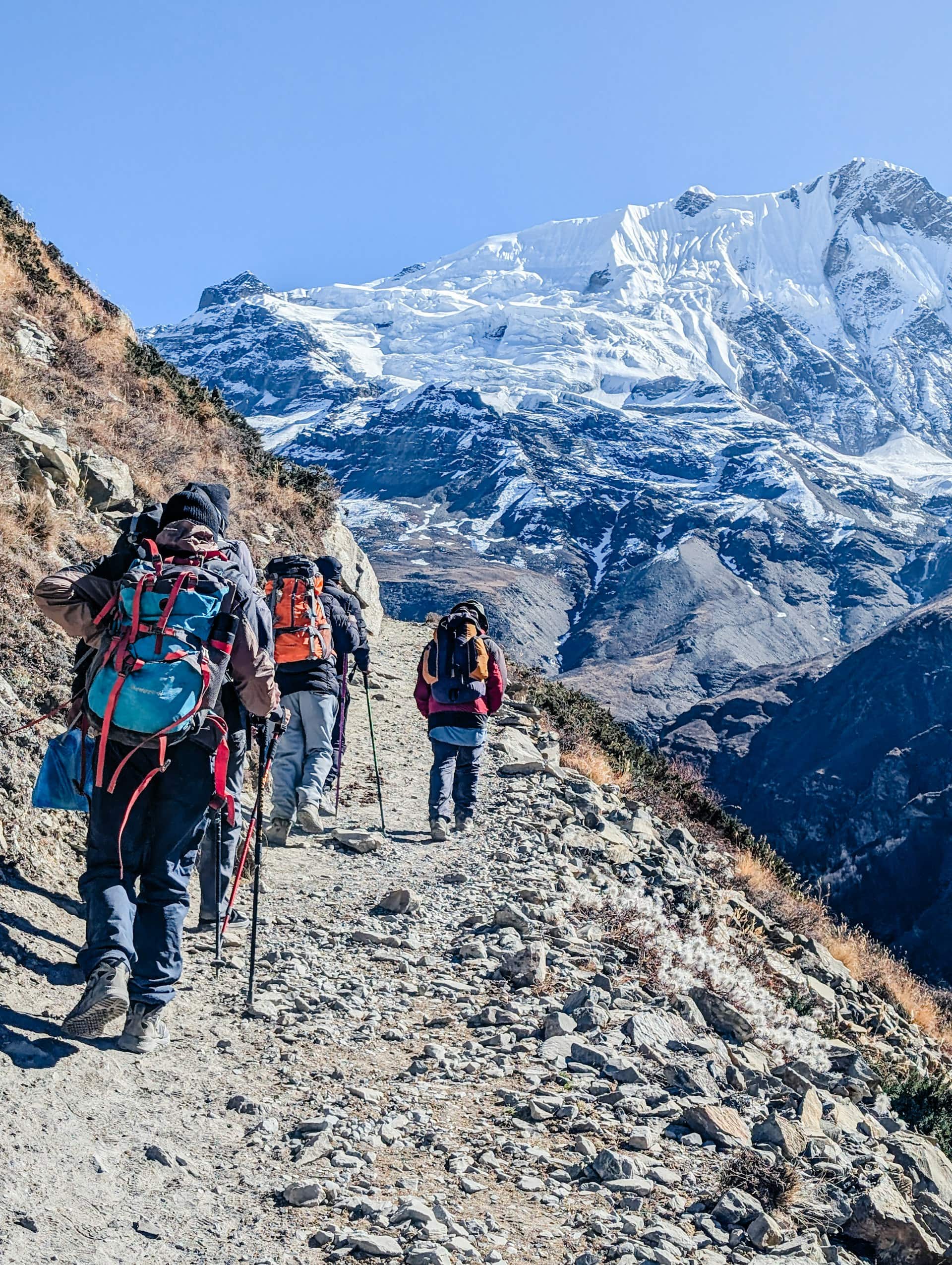Annapurna Peak I
Annapurna I is a tall mountain in Gandaki Province, north-central Nepal, standing at 8,091 meters (26,545 feet). It is part of the Annapurna Massif and attracts climbers, trekkers, and nature lovers from all over the world with its rugged and beautiful scenery.
The mountain is named after the Hindu goddess Annapurna, who represents food and nourishment. The name "Annapurna" means "Filled with food" in Sanskrit. Streams from the mountain provide important water for farming fields and pastures below, helping local communities.
The trek to Annapurna I takes you through a variety of landscapes, from green forests to rocky paths, and includes visits to traditional Nepalese villages where you can experience local culture and hospitality. Climbing Annapurna I is a tough challenge, but those who do it are rewarded with amazing views from the top and a great sense of achievement.
In short, Annapurna I is a symbol of nature’s beauty and support, inspiring everyone who visits our lives near it.
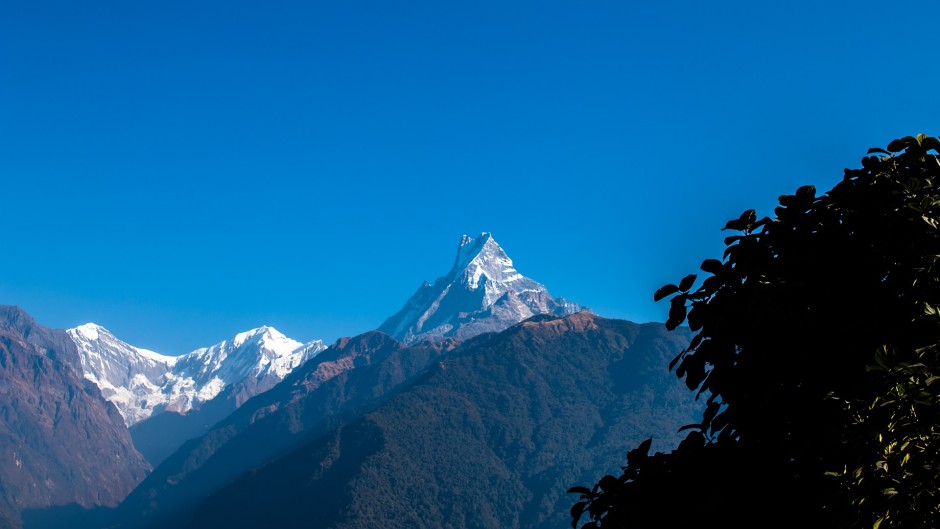
Witness the awe-inspiring Annapurna Peak, covered in snow and shrouded in a light cloud, offering a spectacular view of the Himalayas.
Geological and Geographical Overview of Annapurna I
Annapurna I is situated in a region known for its extreme weather and tough terrain. It rises steeply from the surrounding valleys, with the Kali Gandaki Gorge to the west and the Marshyangdi River Valley to the north and east.
The Annapurna region is renowned for its breathtaking natural beauty, featuring dense forests, alpine meadows, and clear glacial lakes. This varied environment supports a range of wildlife, including rare species such as the snow leopard and blue sheep.
Despite its breathtaking scenery, Annapurna I is notoriously challenging for climbers due to its high altitude, unpredictable weather, and technical climbing routes. The mountain has claimed many lives over the years, earning it the nickname "the killer mountain." However, for those who are skilled and well-prepared, reaching the summit of Annapurna I provides an unparalleled sense of accomplishment and offers awe-inspiring panoramic views of the Himalayas.
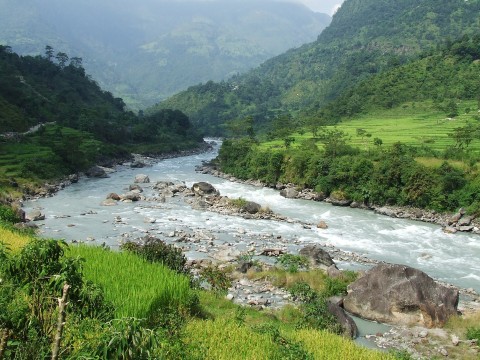
Enjoy the tranquil beauty of a river flowing through lush green lands, surrounded by rolling hills. A perfect blend of nature’s serenity and picturesque landscapes, ideal for peaceful retreats and nature lovers.
History of Annapurna I
Until the early 20th century, the Annapurna region in Nepal remained largely unexplored and mysterious. This all changed in 1950 when a French expedition, led by Maurice Herzog, made history by achieving the first successful ascent of Annapurna I. Herzog, along with fellow climber Louis Lachenal, became the first people to reach the summit of this towering peak, which rises to 8,091 meters (26,545 feet). Prior to this, the Nepalese government had issued a mountaineering permit to the French team after a hiatus of fifty years, underscoring the significance of their expedition.
The French climbers initially aimed to conquer Dhaulagiri Mountain but were unsuccessful. They then turned their attention to Annapurna I, which was 34 kilometers away. Their success in reaching the summit of Annapurna I was groundbreaking, marking the first time anyone had climbed an 8,000-meter peak. This monumental achievement captured the world's attention and cemented Annapurna I’s place in the annals of mountaineering history.
The climb was fraught with challenges, including severe weather conditions, frequent avalanches, and the harsh, icy environment of the high-altitude peak. Herzog and Lachenal faced extreme physical hardships, including frostbite, which had lasting effects on their health. Despite these obstacles, their successful ascent is celebrated as a significant milestone, demonstrating extraordinary human perseverance and the spirit of exploration.
Following this historic climb, Annapurna I continued to pose severe challenges to climbers. The mountain’s extreme altitude, unpredictable weather patterns, and technical climbing routes have resulted in a high fatality rate among those who attempt to summit. The dangerous conditions on Annapurna I have earned it the nickname “the killer mountain,” reflecting the risks that climbers face.
Over the years, various expeditions have tried to reach the summit, with some achieving success and others facing tragic outcomes. Advances in climbing technology and techniques have improved safety somewhat, making ascents more feasible, but the mountain remains one of the most formidable peaks in the world. Modern climbers now benefit from better equipment and weather forecasting, yet Annapurna I still demands respect and thorough preparation due to its unpredictable nature and challenging environment.
Annapurna I continues to attract climbers from around the globe who are eager to test their limits and achieve something extraordinary. The mountain’s towering presence and rugged beauty serve as a constant reminder of the courage, determination, and adventurous spirit that define mountaineering. Its legacy is a testament to human resilience and the relentless pursuit of adventure amidst the highest peaks of the Himalayas. The history of Annapurna I is not just a story of climbing; it is an enduring symbol of the human drive to explore and conquer the world’s most challenging landscapes.
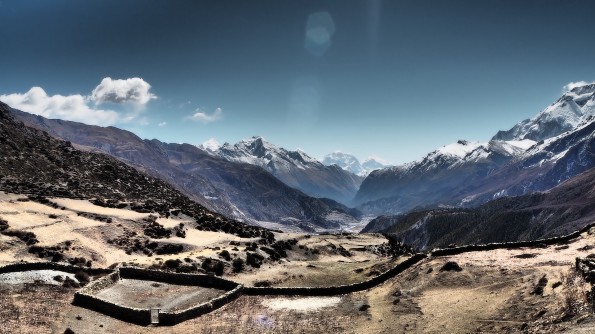
Annapurna I is a historic peak known for its challenging terrain and breathtaking views. A top trekking destination, it offers a thrilling adventure surrounded by stunning landscapes.
When is the Best Time for Annapurna I Expeditions?
The best time for an Annapurna I expedition is during the pre-monsoon and post-monsoon periods, spanning from March to May and September to November. These months offer the most favorable conditions for mountaineering and trekking in the Annapurna region.
Spring (March to May) is particularly enchanting as the weather is mild, and the landscape bursts into vibrant colors with blooming rhododendrons. This season provides clear skies and excellent visibility, allowing trekkers to fully appreciate the majestic peaks surrounding Annapurna I. The combination of pleasant temperatures and stunning views makes spring a prime time for an expedition.
Autumn (September to November) is another excellent period for climbing. The weather remains clear and dry, with cooler temperatures that make trekking more comfortable. The post-monsoon clarity ensures unobstructed views of the Himalayas, adding to the appeal of the expedition.
Although these seasons generally offer stable conditions, mountain weather can be unpredictable. It’s always best to consult local guides and experts before starting your journey. Be prepared for varying temperatures and the challenges of high-altitude trekking to ensure a safe and successful adventure.
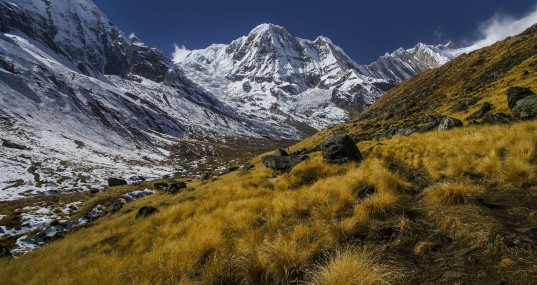
Explore the scenic Annapurna trek trails with towering mountains on one side and grassy slopes on the other. A perfect blend of rugged terrain and lush landscapes.
Annapurna I climbing routes
To climb Annapurna I, one of the highest mountains in the world, you can choose between two main routes: the South Face or the Northwest Ridge. Each route has its own tough challenges and needs advanced climbing skills.
South Face Route: Annapurna I's South Face is very steep and tough to climb. It has a 9,800-foot rock wall, icy patches, falling rocks, and unstable ground. The route includes cliffs, steep slopes, and crevasses, making it one of the hardest climbs. The ascent can take weeks and needs strong rock climbing skills and careful planning.
Northwest Ridge Route: The Northwest Ridge is also very challenging, with only two successful climbs so far. This route is prone to avalanches and requires good rock and ice climbing skills. Climbers must navigate through complicated glacier areas and find few places to set up camps. The highest camp, Camp V, is just below the summit and is on steep, loose ground. Climbing this route requires both physical strength and mental toughness.
Both routes need careful preparation, getting used to high altitudes, and strong teamwork. Climbers should be ready for extreme weather and the tough demands of climbing one of the hardest mountains in the world.
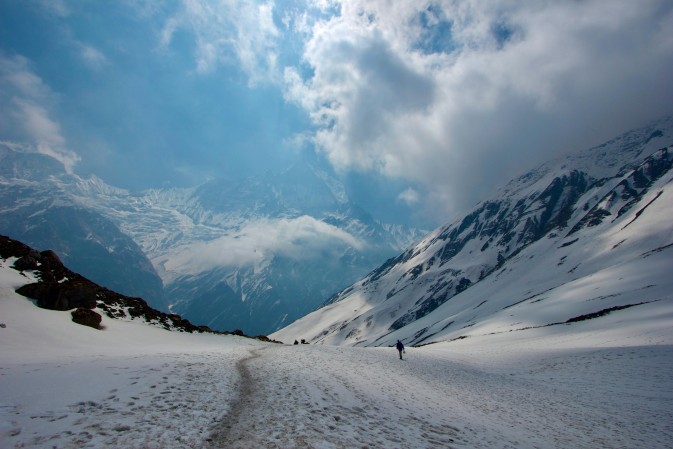
Embark on the breathtaking Annapurna trek through snowy routes, where stunning mountain views and serene landscapes await. A challenging yet rewarding adventure in the heart of the Himalayas.
Annapurna I permits and Visa
To climb Annapurna I, you'll need a few key permits and a visa. First, you'll require an Annapurna Conservation Area Permit (ACAP), which is essential for all trekkers and climbers in the Annapurna region. This permit helps to protect the environment and support local communities. In addition to the ACAP, you must obtain a specific climbing permit from the Nepal Mountaineering Association (NMA), which allows you to attempt the ascent of Annapurna I. Depending on your planned route, you might also need a trekking permit for certain areas.
For entering Nepal, a tourist visa is necessary. This visa can be acquired on arrival at Tribhuvan International Airport in Kathmandu or through Nepali embassies and consulates abroad. You can choose from a 15, 30, or 90-day visa depending on the length of your stay. The visa fee varies based on the duration, so it's important to have enough cash in USD or other accepted currencies for this purpose. If you need to extend your stay, you can apply for a visa extension at the Department of Immigration in Kathmandu.
Before climbing Annapurna I in Nepal, check the latest visa and permit requirements to ensure you have all necessary documentation for a smooth expedition.
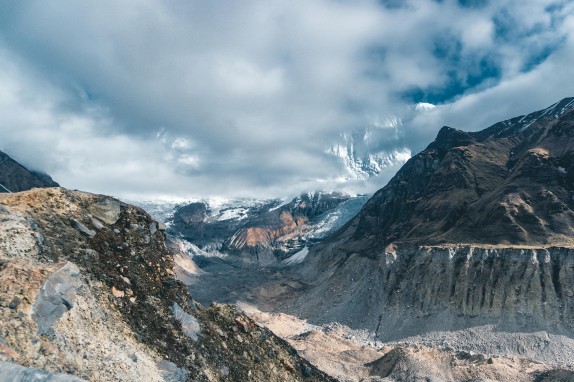
Discover the essential permits and visa requirements for trekking Annapurna I. Navigate the process easily while enjoying the stunning, cloudy mountain views along the way. Make your adventure seamless with our comprehensive guide.
In conclusion
climbing Annapurna I is an amazing and challenging adventure. Whether you take the tough South Face route or the tricky Northwest Ridge, you'll need strong climbing skills and good preparation. You must get the right permits, like the Annapurna Conservation Area Permit and climbing permit, and also a tourist visa to enter Nepal. Vajra Adventure is here to help you with all these details, making sure you have everything you need for a successful climb. With our support, you can focus on your climb and enjoy the experience of reaching the top of one of the world’s highest peaks.
Popular Packages of Annapurna Region
Recent Blog Posts

13 Best Things to Do During the Manaslu Circuit Trek
Jan 03, 2025
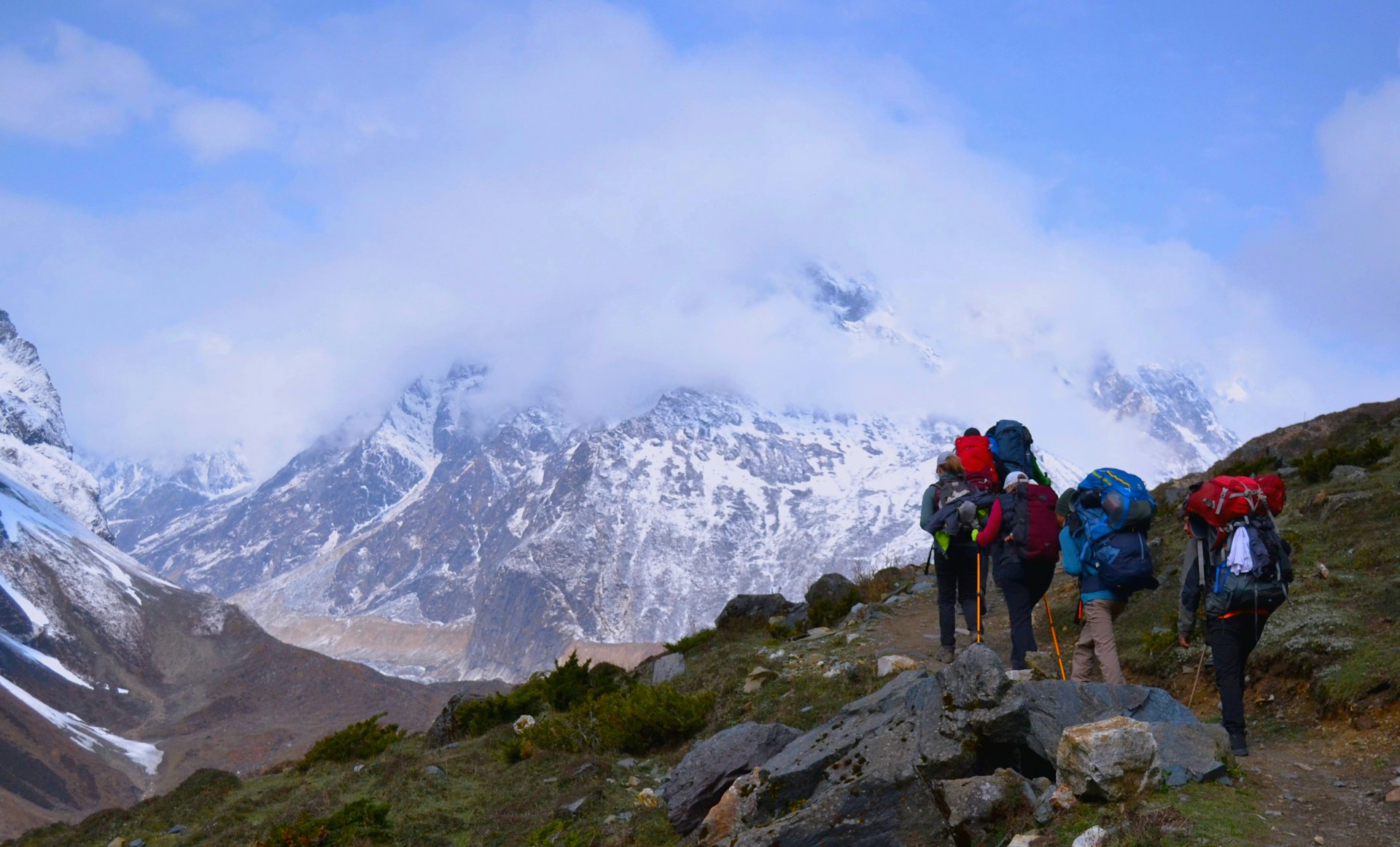
19 Manaslu Circuit Trek Facts You Should Know
Jan 01, 2025
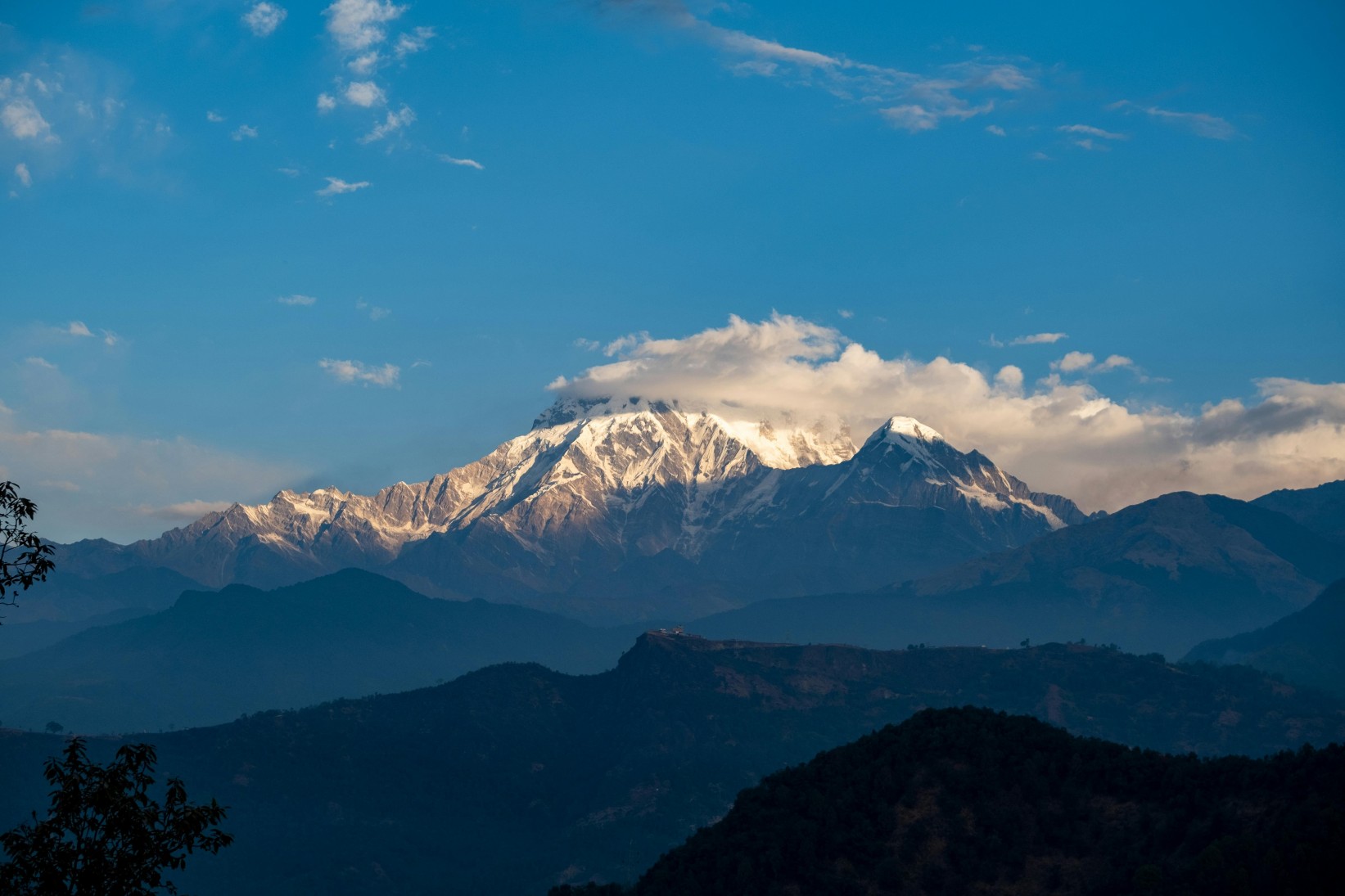
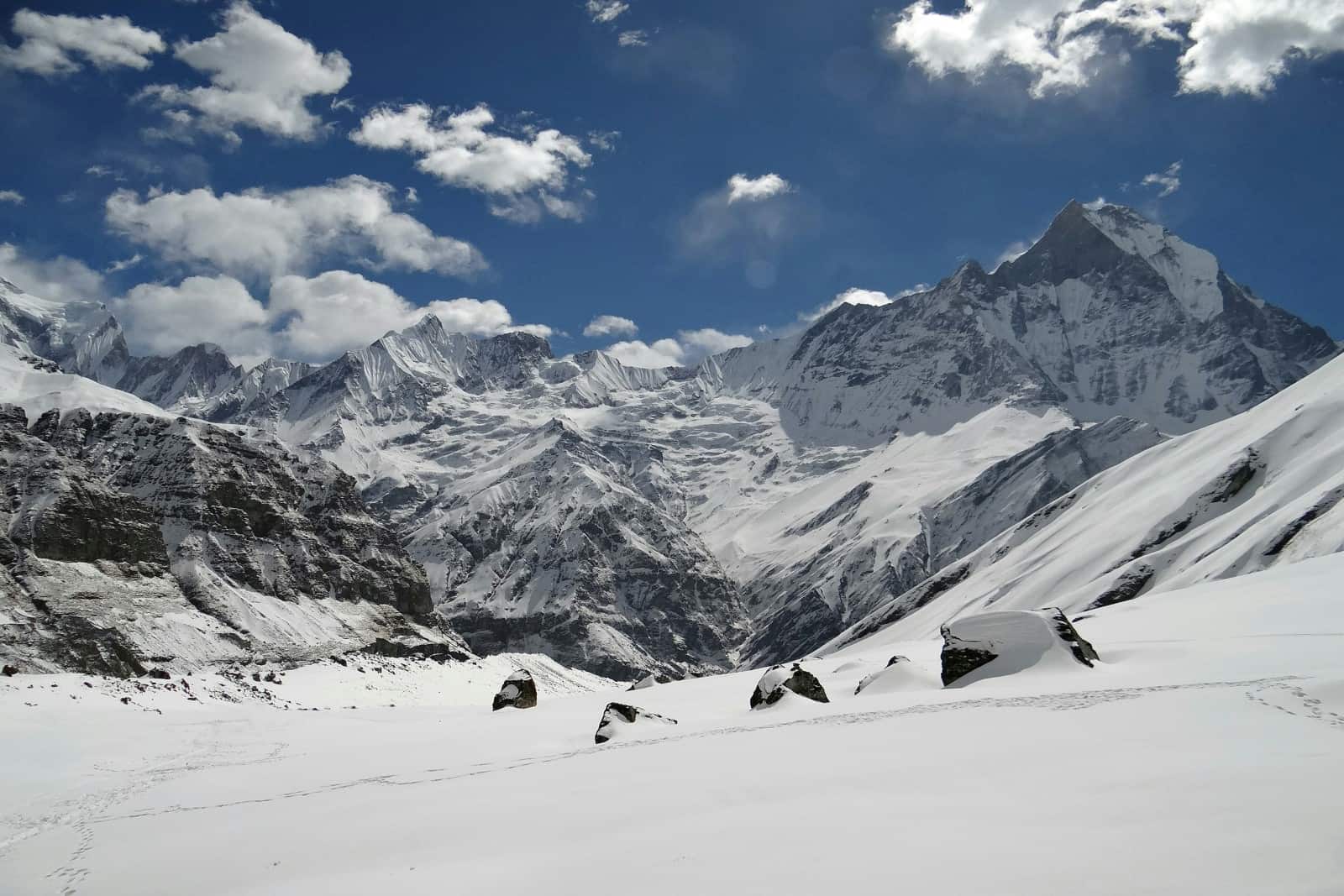
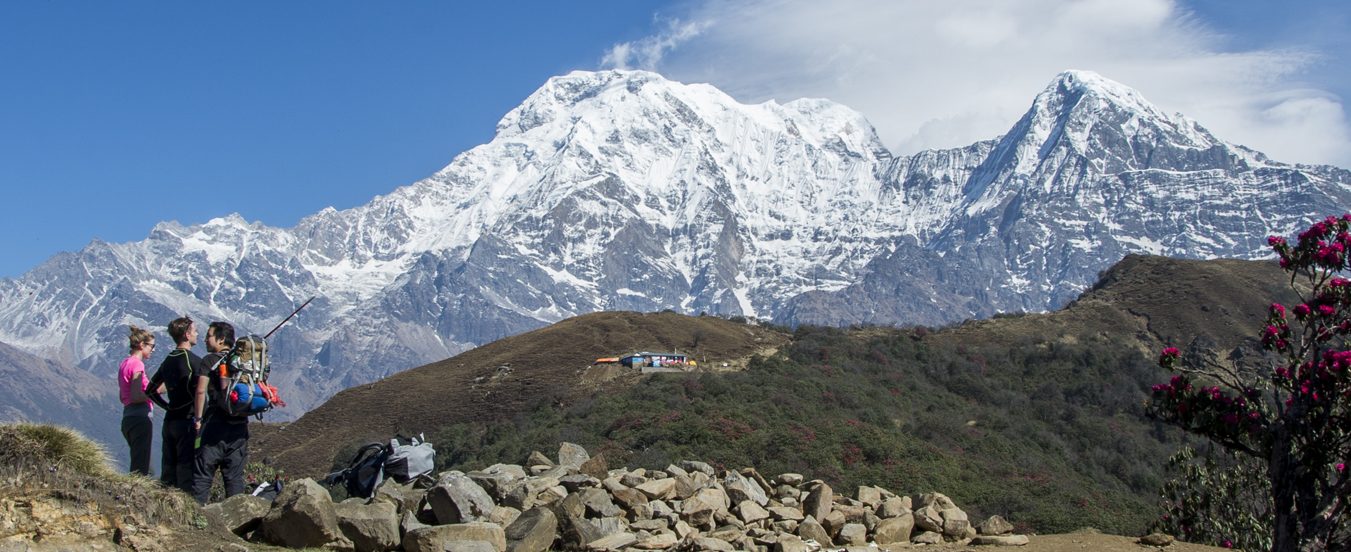
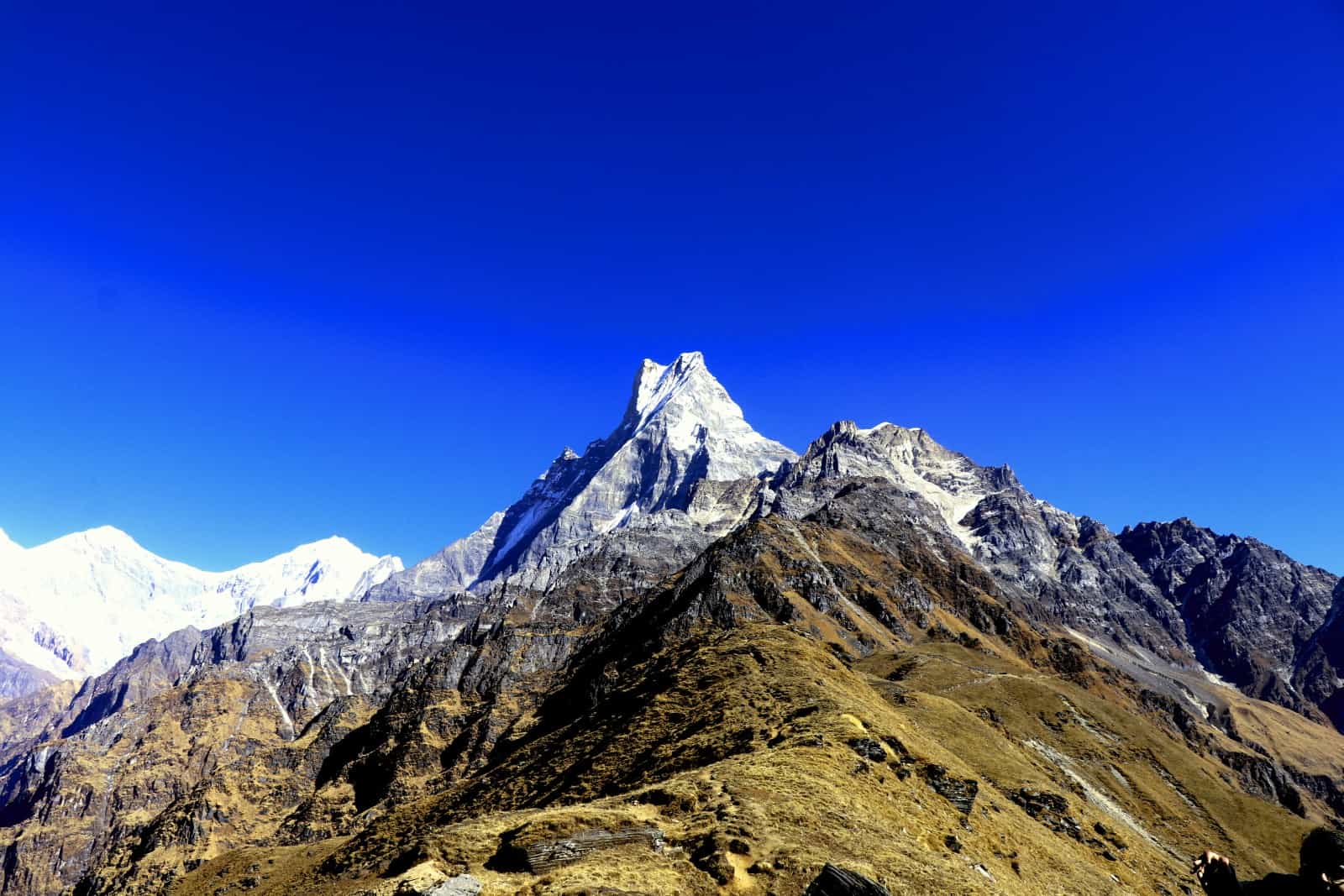
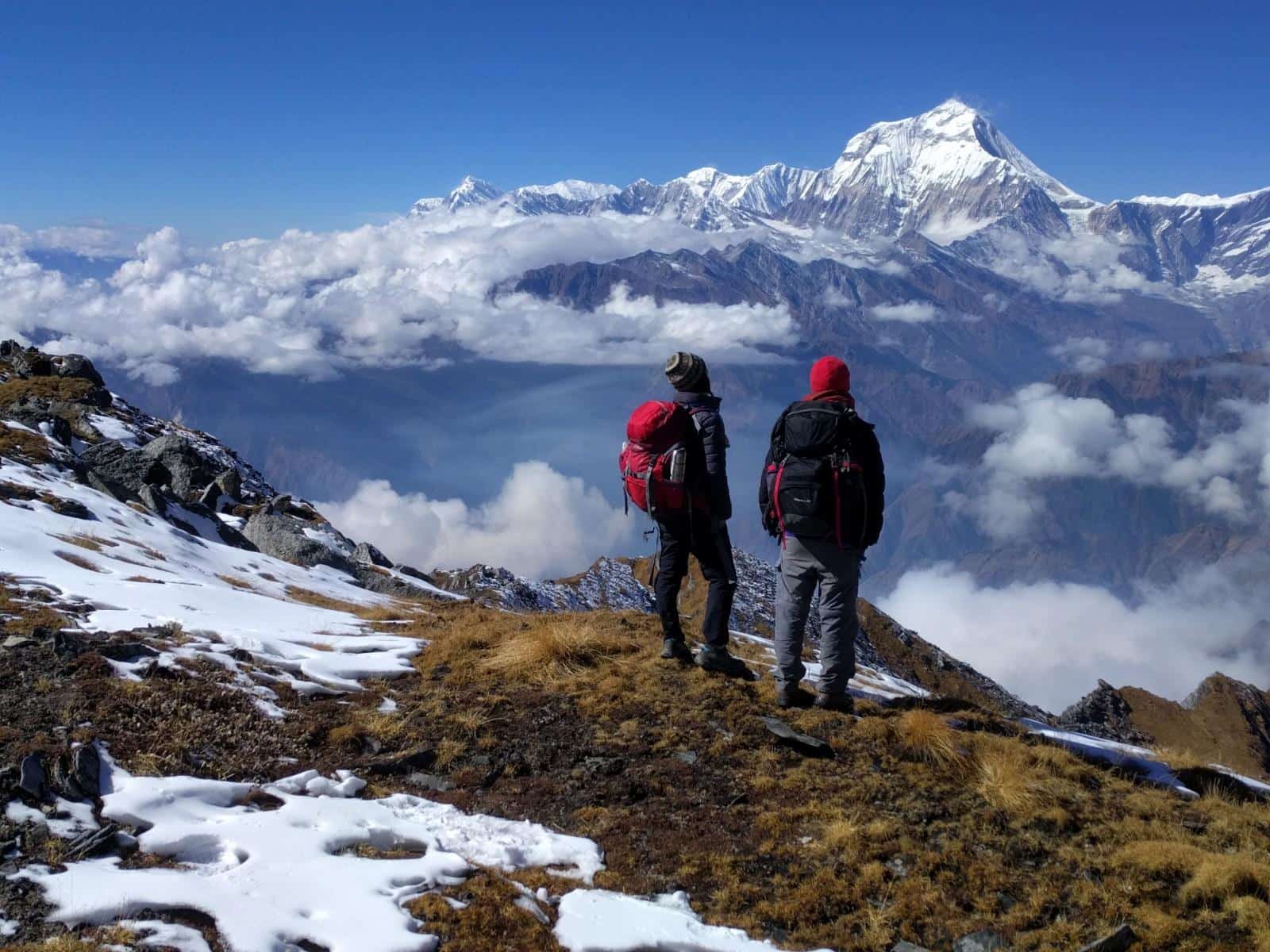
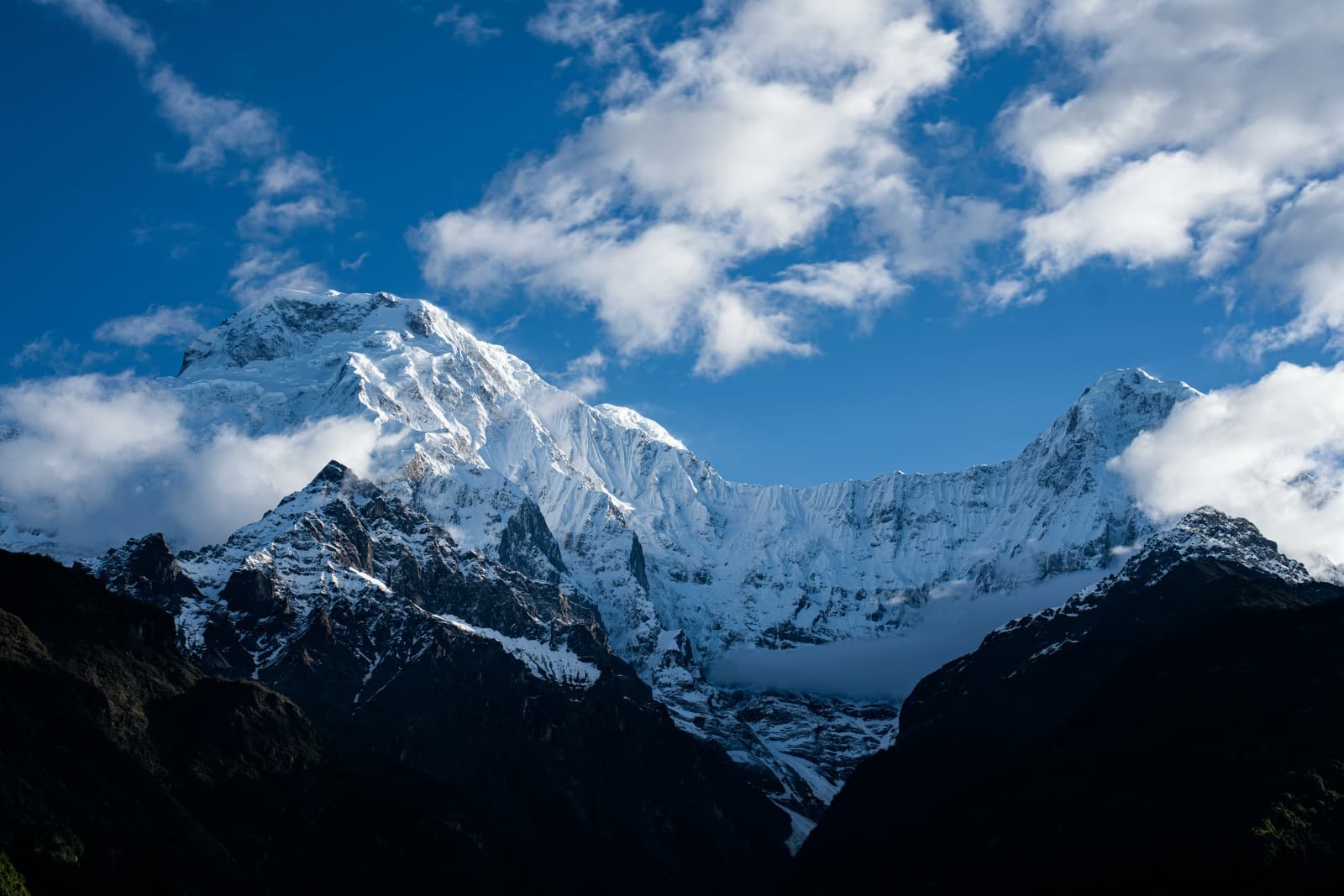
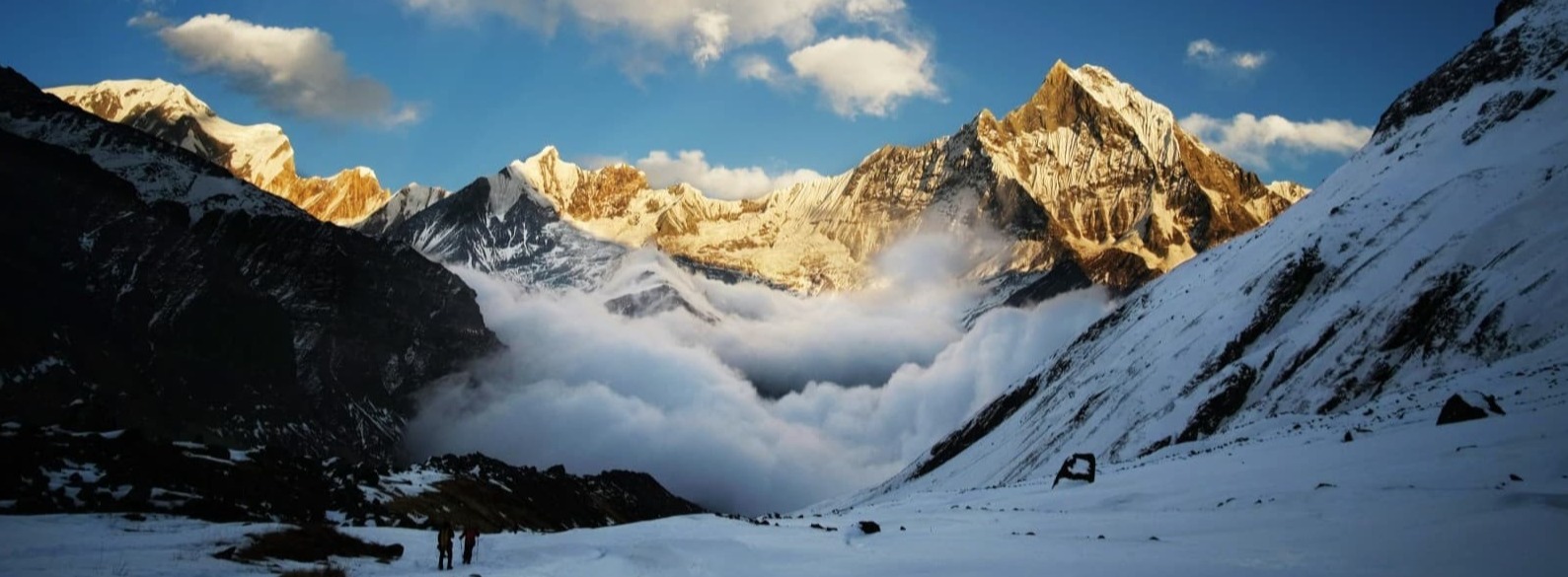
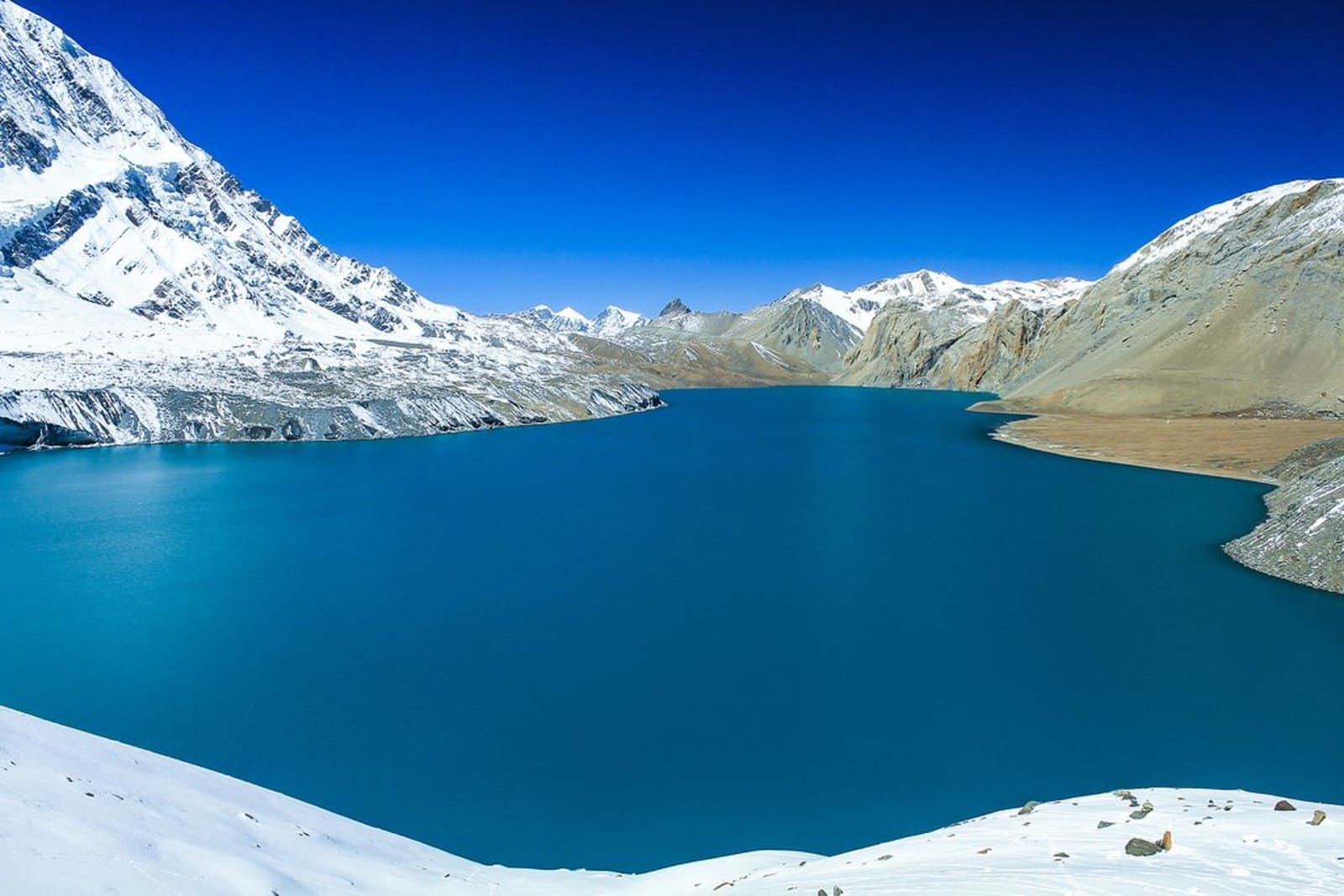
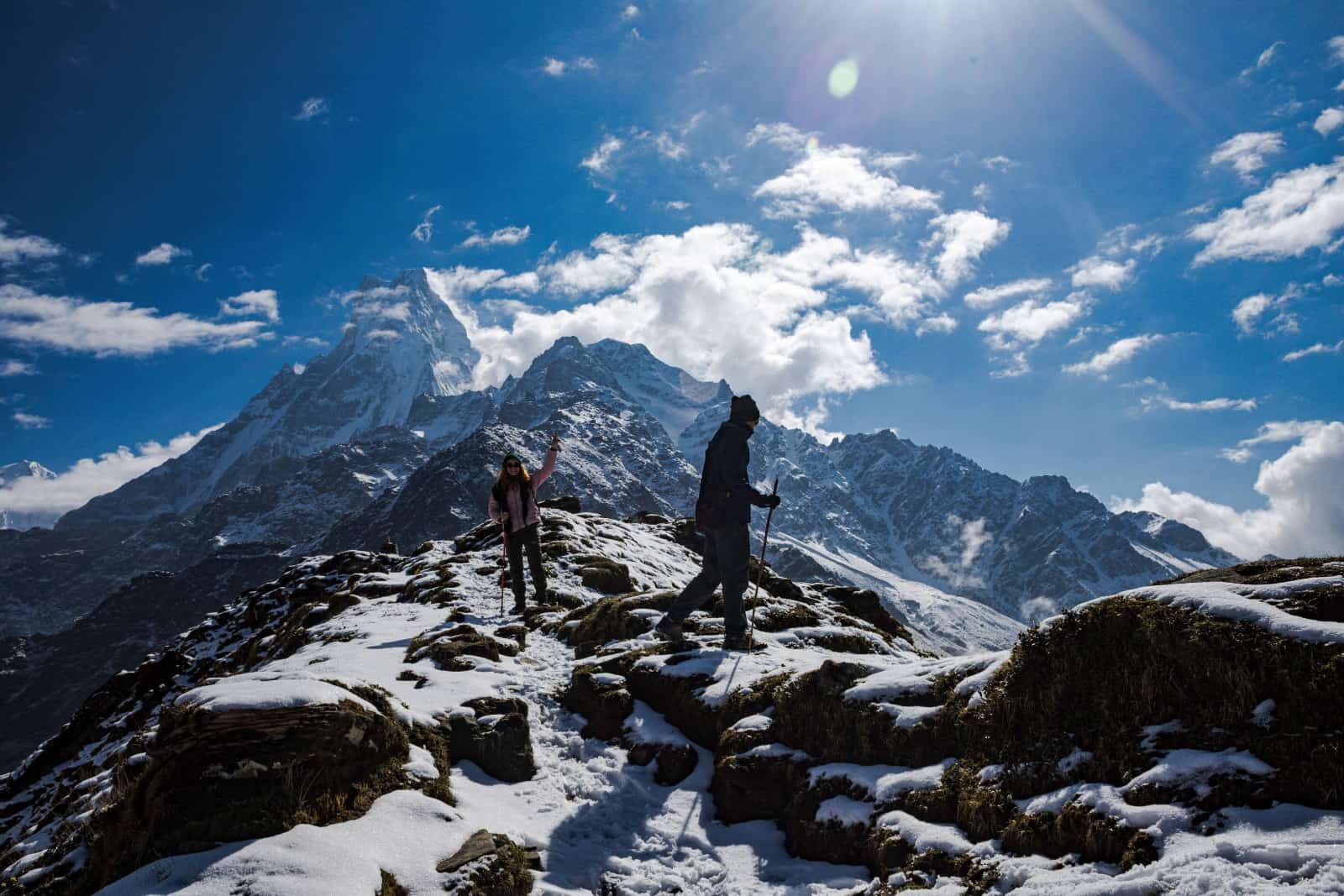

.jpg)
